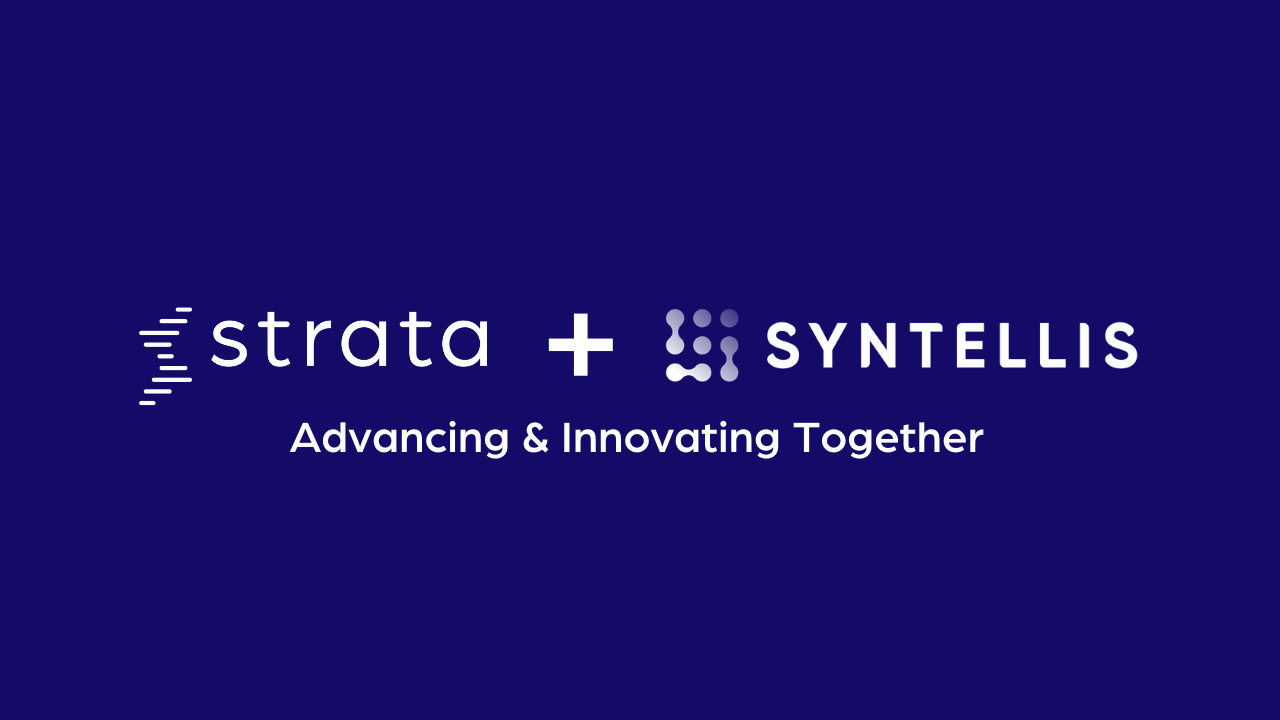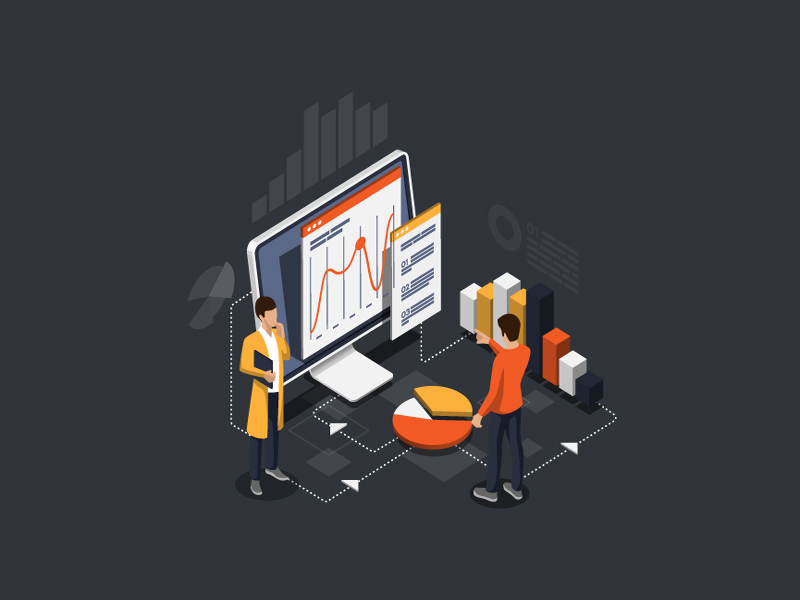Since the pandemic began in 2020, hospitals and health systems nationwide have experienced operating margin erosion while expenses continue to escalate due to inflation, relentless workforce shortages, and other challenges.
Median operating margins dropped more than four percentage points from 2021 to 2022 as a result. Since before the COVID-19 pandemic in 2019, Total Expense climbed 17.5%, while workforce shortages pushed Total Labor Expense up 20.8% over the three-year period.
Three years since the onset of the pandemic and the path to long-term financial stability remains uncertain. The 2023 CFO Outlook for Healthcare identifies part of the underlying problem: While most (78%) healthcare organizations use benchmarks to monitor performance and guide improvements, just as many finance leaders acknowledge they should be doing more to optimize data for informed decision-making.
To help navigate these times of uncertainty, healthcare leaders need access to diverse data from various trustworthy sources both inside and outside their organizations. Such data helps provide internal and external peer-to-peer comparisons that offer vital context to guide budget improvements, inform financial forecasts, direct strategic operational decisions, and ultimately optimize revenue. Here are three ways you can use healthcare data, analytics, and benchmarking to boost the bottom line:
#1 — Maximize strengths and determine opportunities to improve
Understanding strengths and opportunities for growth is no longer a guessing game for healthcare leaders. By comparing internal data — by hospital, department, physician, treatment type, and more — to market key performance indicators (KPIs), healthcare leaders can determine which areas of their businesses and service lines drive revenue. This allows the organization to shift focus to those areas of strength and actively drive patients there, when appropriate.
Financial and strategic leaders can also drill deeper into the data to learn the root causes of their best- and lowest-performing areas, so they can concentrate on those with the most room for growth. For example, to reverse operating losses in the surgical suite, a hospital’s operating room (OR) director must create a budget based on concrete data, not assumptions. Syntellis’ Axiom™ Comparative Analytics can show where the organization sits compared to the market. If that data says the OR currently operates in the 90th percentile for staffing but in the 20th percentile for patient volumes, it becomes clear that focused improvement initiatives to balance staffing and volumes are vital to optimizing revenue.
This type of insight can also reveal additional opportunities for revenue growth in already high-performing areas. A real-world case study in using data and analytics to improve clinical and financial performance shows that physician performance played a crucial role in cost savings within one hospital's knee joint replacement division. Using Syntellis' robust healthcare data and analytics solutions, leaders in that hospital calculated that if their lowest-performing physicians performed at the same level as their highest-performing physician, they could save nearly $10 million in this already successful area.
#2 — Make data-informed new service investments
Healthcare organizations should also leverage peer data for benchmarking exercises. As hospitals and health systems continue to navigate financial struggles, leaders should consider new investments in certain service lines to boost revenue. For organizations that still operate on a fee-for-service model, volume of services and patients is key.
Of course, determining new areas for investment is only half the battle. Leaders must also get buy-in from financial and executive stakeholders. Comparative Analytics offers access to near real-time data from more than 135,000 physicians from over 10,000 practices and 139 specialty categories, and from 500+ unique departments across more than 1,300 hospitals. Financial, operational, clinical, and strategy leaders can leverage these insights to guide strategic decision-making and back up forecasts. This lowers investment risk and instills confidence among leaders in a way that even the most thoughtful assumptions and conversations can’t.
#3 — Measure progress and adjust accordingly
After deciding where to focus performance improvement initiatives or whether to pursue new investments, healthcare organizations must continually track progress toward their desired outcomes. This, too, requires data — and lots of it. But 22% of healthcare organizations don’t use any financial benchmarking, and 40% are unhappy with their current benchmarking solution.
The right software and analytics solutions are essential to keeping a pulse on organizational performance and the market. Monthly data updates in Comparative Analytics allow for real-time analysis and agile decision-making. If an organization inadvertently heads down the wrong path, financial and strategic leaders can swiftly reevaluate what the data indicates and change tactics before it's too late.
Optimizing data to increase revenue
To illustrate the benefits of optimizing data to guide decision-making, an analysis of hospitals that used a comprehensive analytics and benchmarking system — Syntellis’ Axiom Comparative Analytics — found users had better 2022 results across multiple key performance indicators relative to non-users. For example, Comparative Analytics users had 1.3% higher outpatient revenue and 1.1% higher inpatient revenue compared to non-users. That equated to an additional $3.8 million in outpatient revenue and $1.6 million in inpatient revenue for the average hospital in 2022.
To see Comparative Analytics in action, contact us to request a demo.

